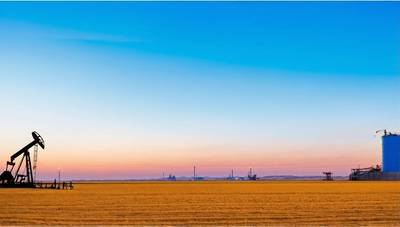OPEC+ rolls over oil policy, ditches US government data
OPEC+ decided to continue its policy of increasing oil production gradually from April and removed U.S. Energy Information Administration as a source to monitor their production and adherence with supply pacts.
OPEC+ & Donald Trump clashed frequently during Donald Trump's first administration from 2016 to 2020 when the U.S. president demanded that it increase production in order to compensate for the fall in Iranian supply due U.S. sanction.
Trump, who returned to the White House after his election, has already called for OPEC's release of more oil in order to lower prices. He says that the high prices are what is allowing Russia to continue its war against Ukraine.
A group of OPEC+ ministers met online on Monday. They did not change the plan to increase output, but they changed the list consultants and firms that it uses to monitor production.
The statement said that "after thorough analysis by the OPEC Secretariat", the Committee has replaced Rystad Energy, OilX and ESAI as secondary sources to assess crude oil production and conformity.
One OPEC+ member said the EIA data removal was due to the fact that the agency did not communicate the required information and was not motivated by politics. The U.S. Government did not respond immediately to a comment request.
The meeting came after Trump imposed tariffs against Mexico, Canada, and China, America’s top trading partners. This move roiled the financial markets and supported oil prices.
Oil prices reached $83 per barrel on January 15, their highest level since August, due to concerns about the impact U.S. Sanctions on Russia. Since then, prices have fallen below $77 a barrel. However, they rose on Monday due to the increased concern over supply disruptions.
OPEC+ (Organisation of Petroleum Exporting Countries, led by Russia), has agreed to cut production by 5,85 million barrels a day (bpd) - or about 5.7% of the global supply - in a series of measures since 2022.
OPEC+ has extended the latest round of cuts until the first quarter 2025. This delayed a plan for a production increase to April. This was just the latest in a series of delays caused by weak demand and increased supply outside the group.
Calculations show that based on this plan, the United Arab Emirates will begin to increase their production in April, with a 138,000 bpd monthly increase.
The hikes are expected to last until September 2026. Reporting by Ahmad Ghaddar; Additional reporting by Timothy Gardner; Writing and Editing by Alex Lawler and Bernadette Baum; Alexander Smith.
(source: Reuters)



